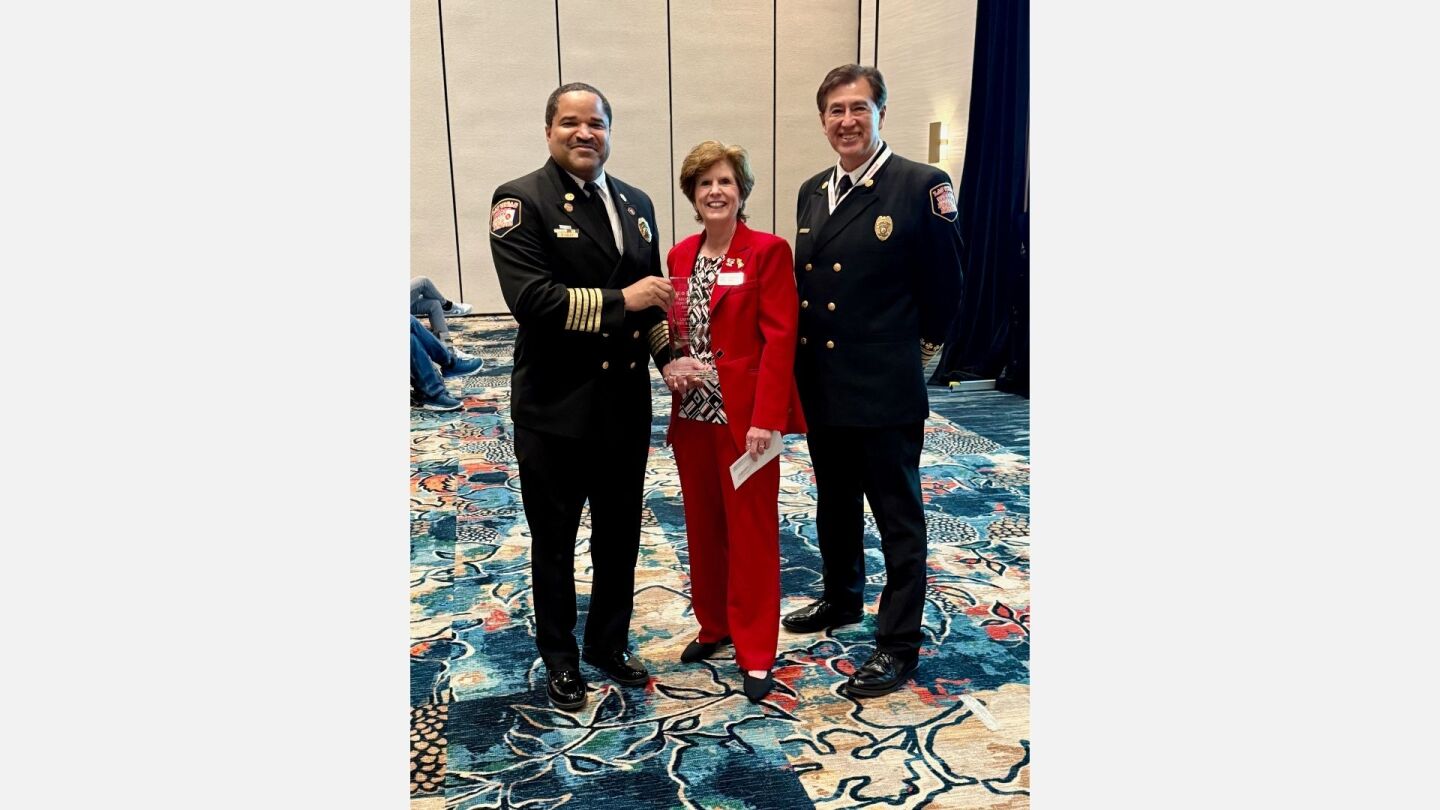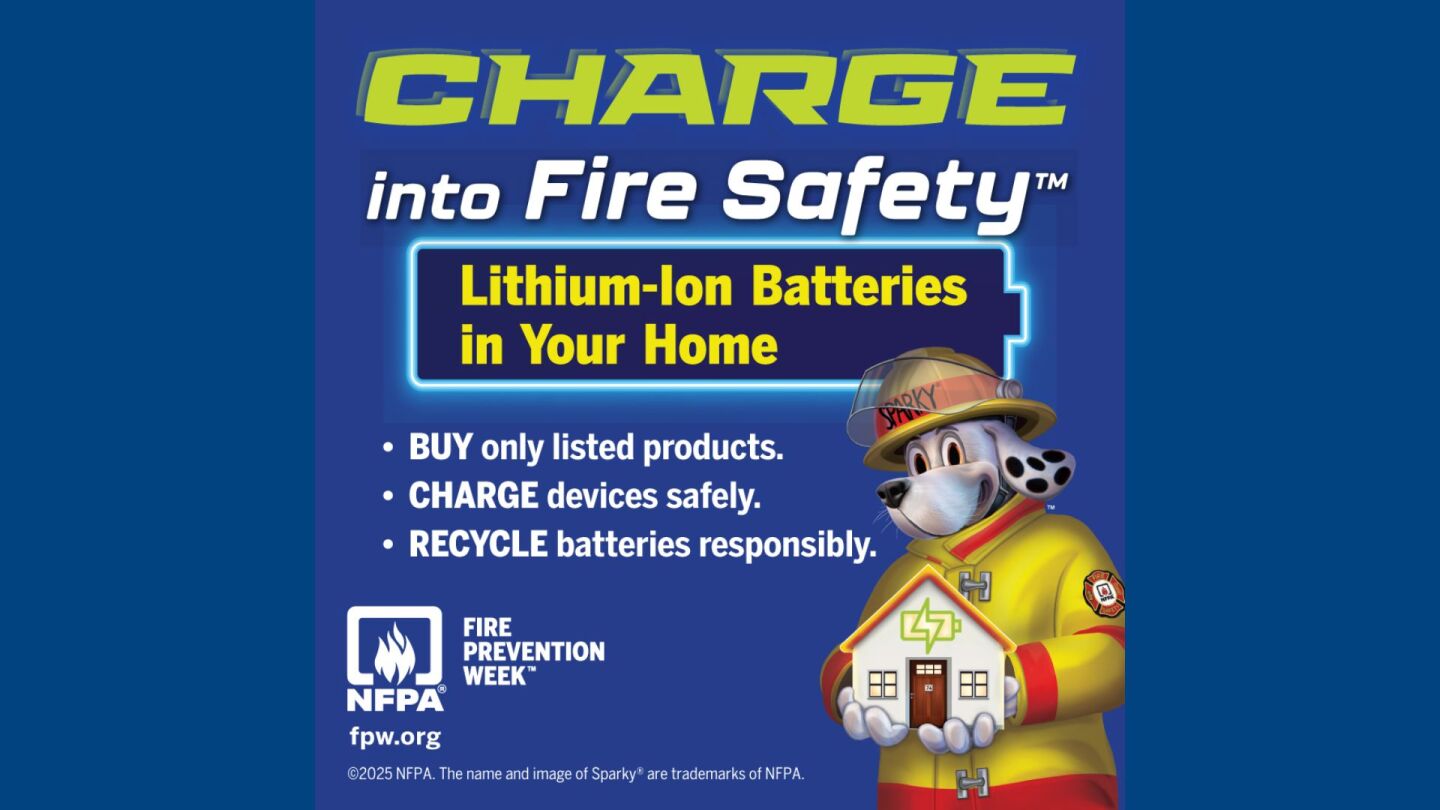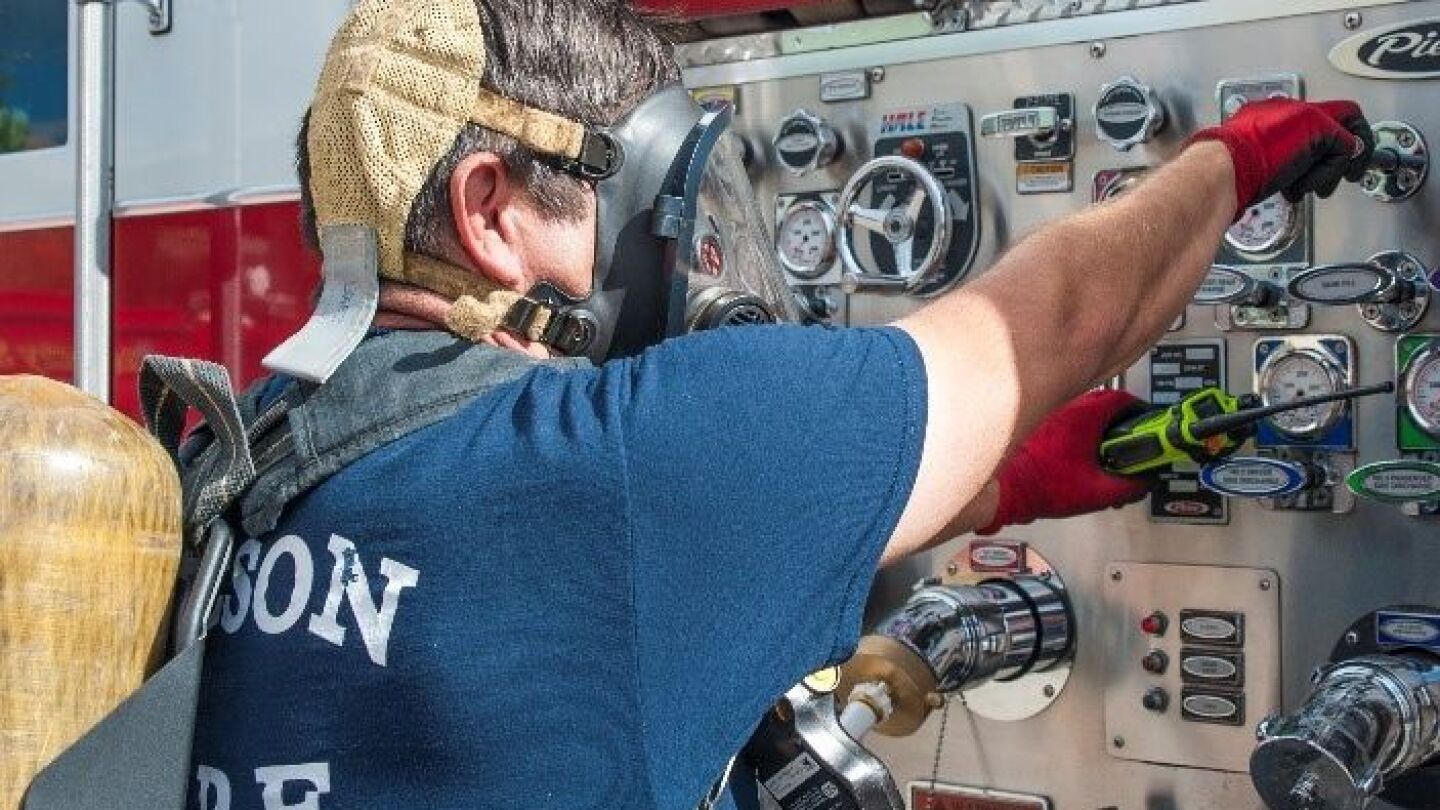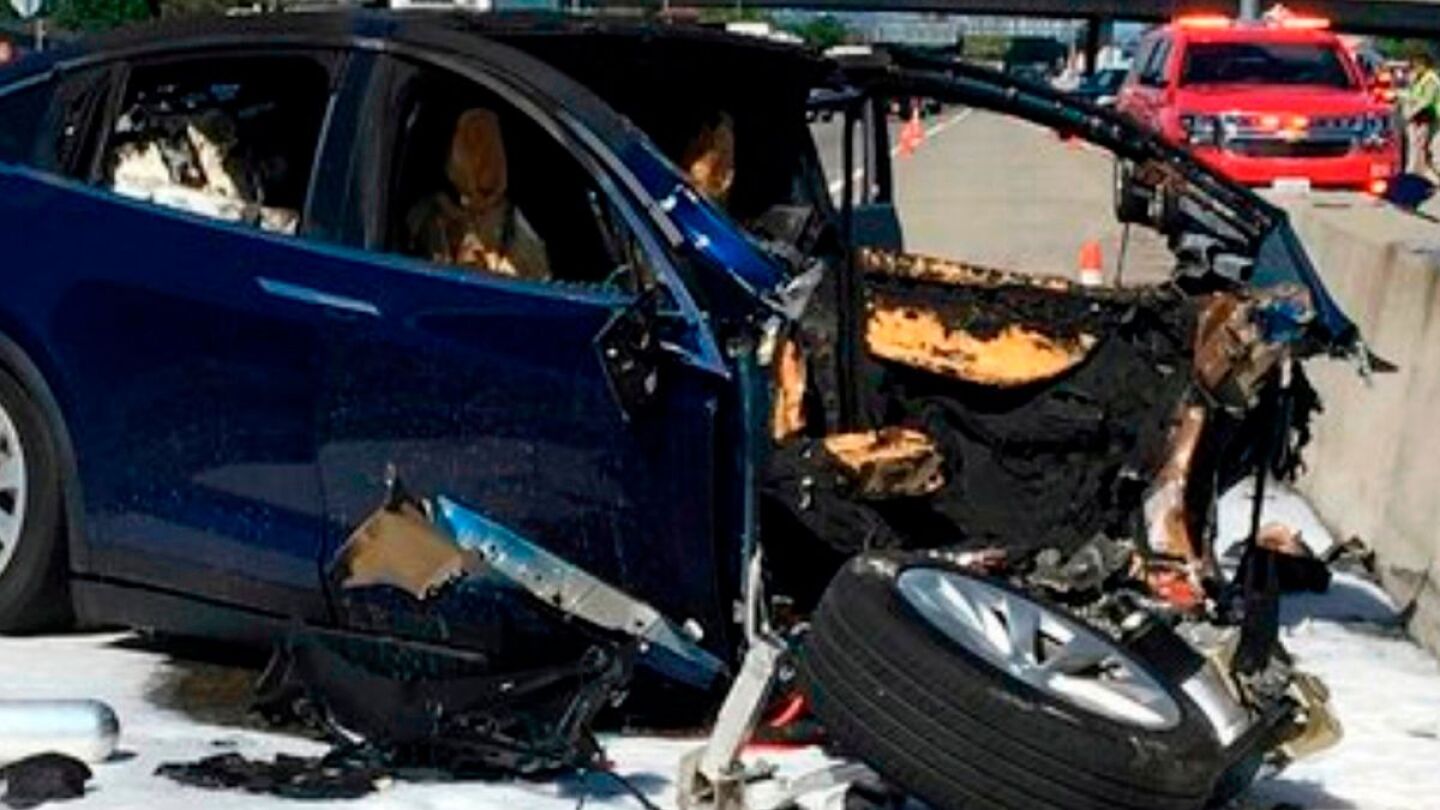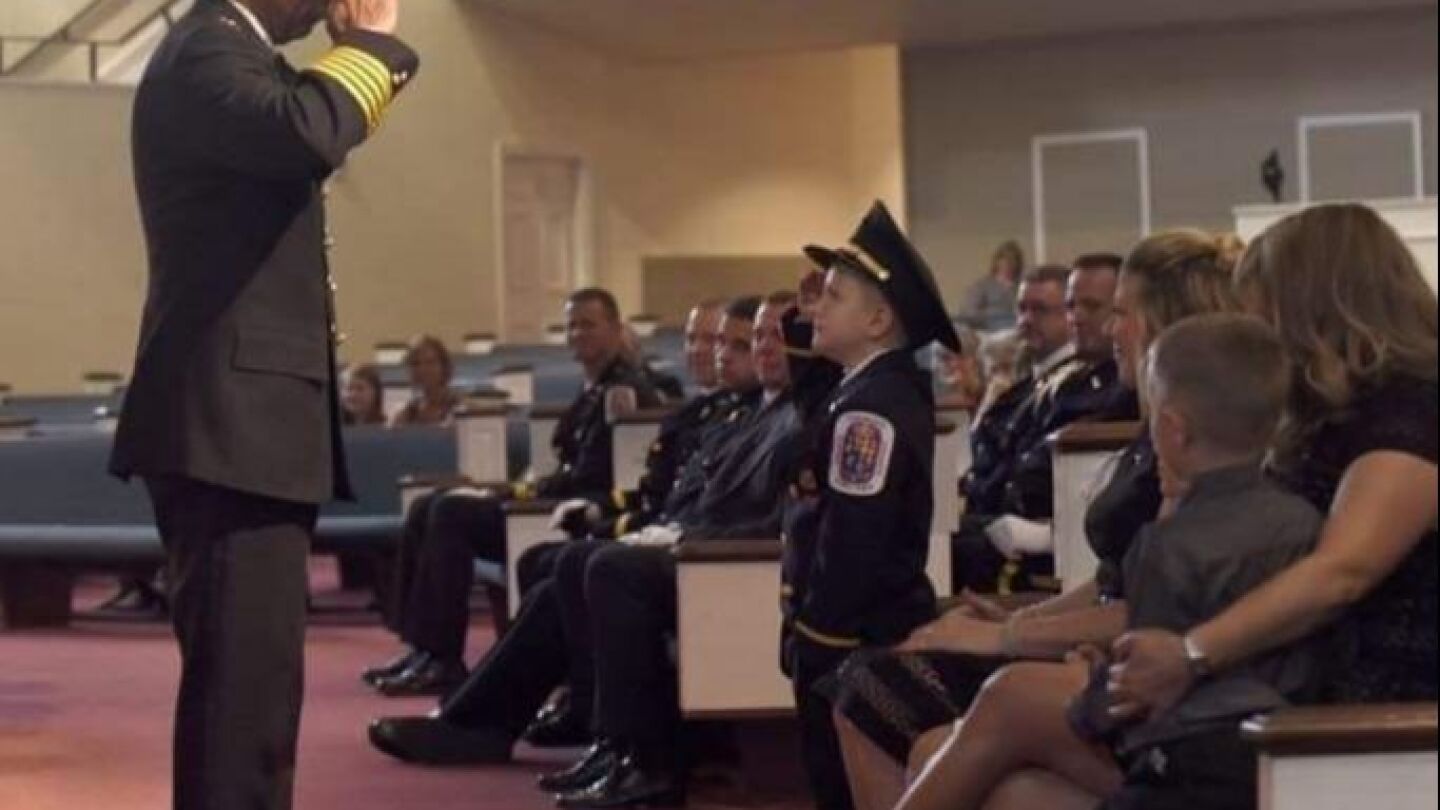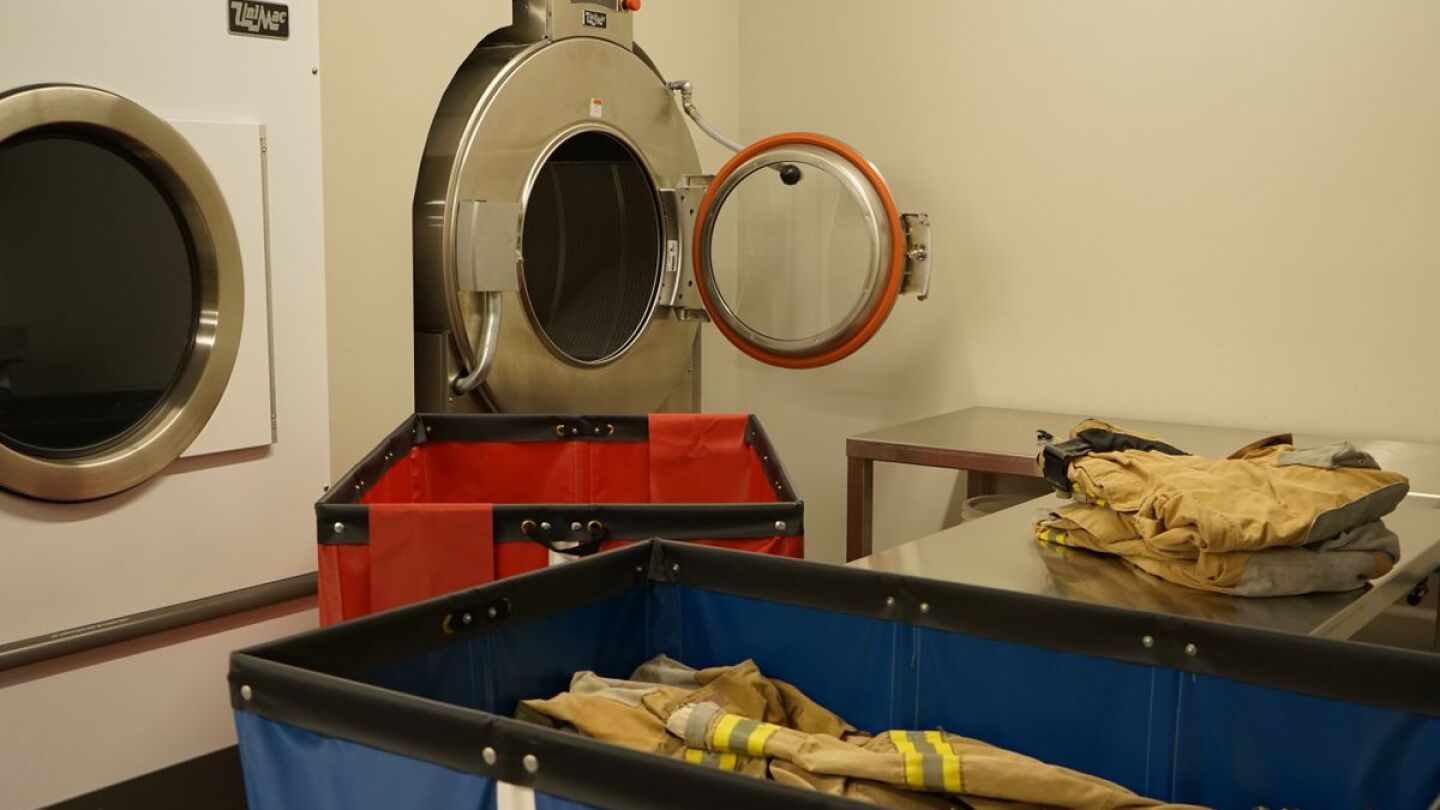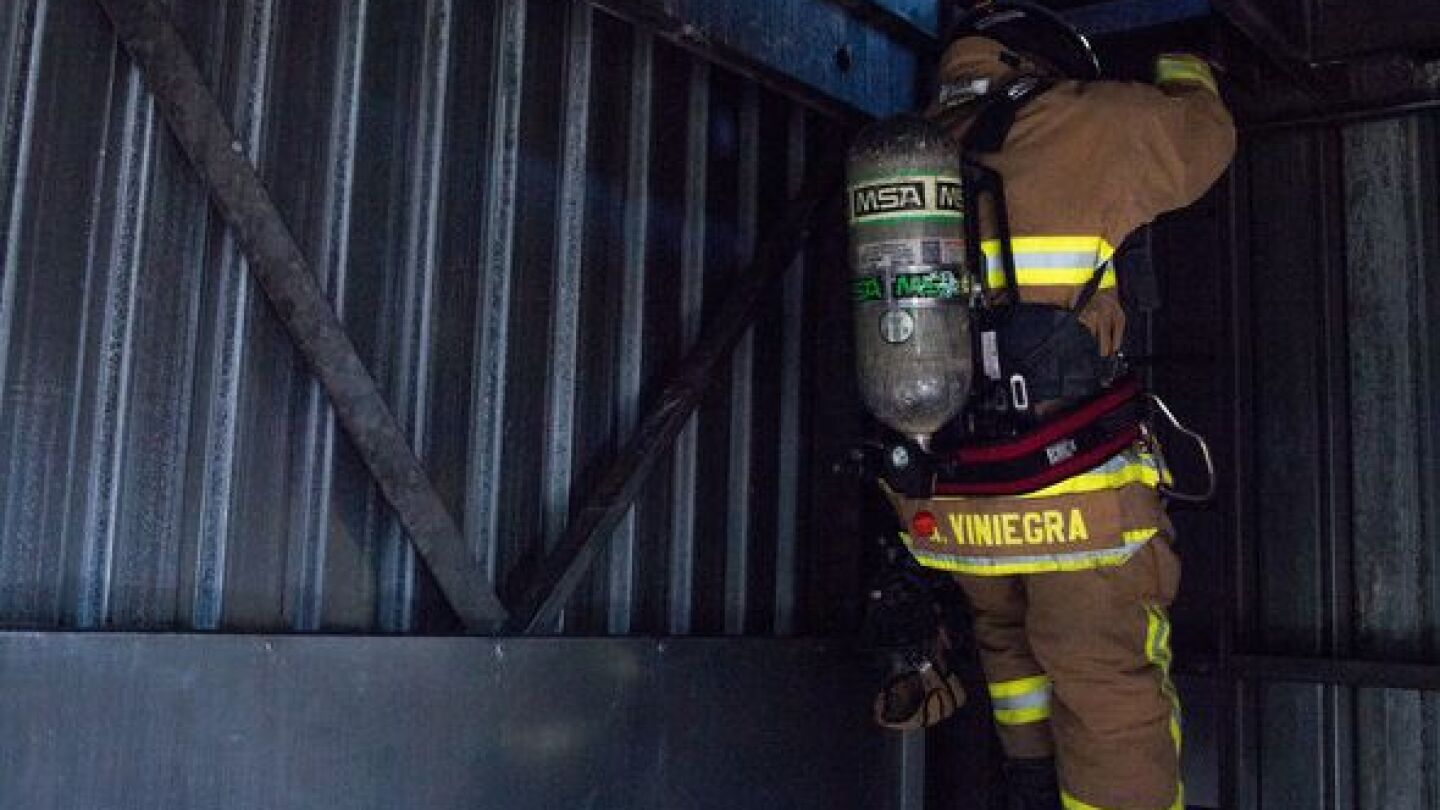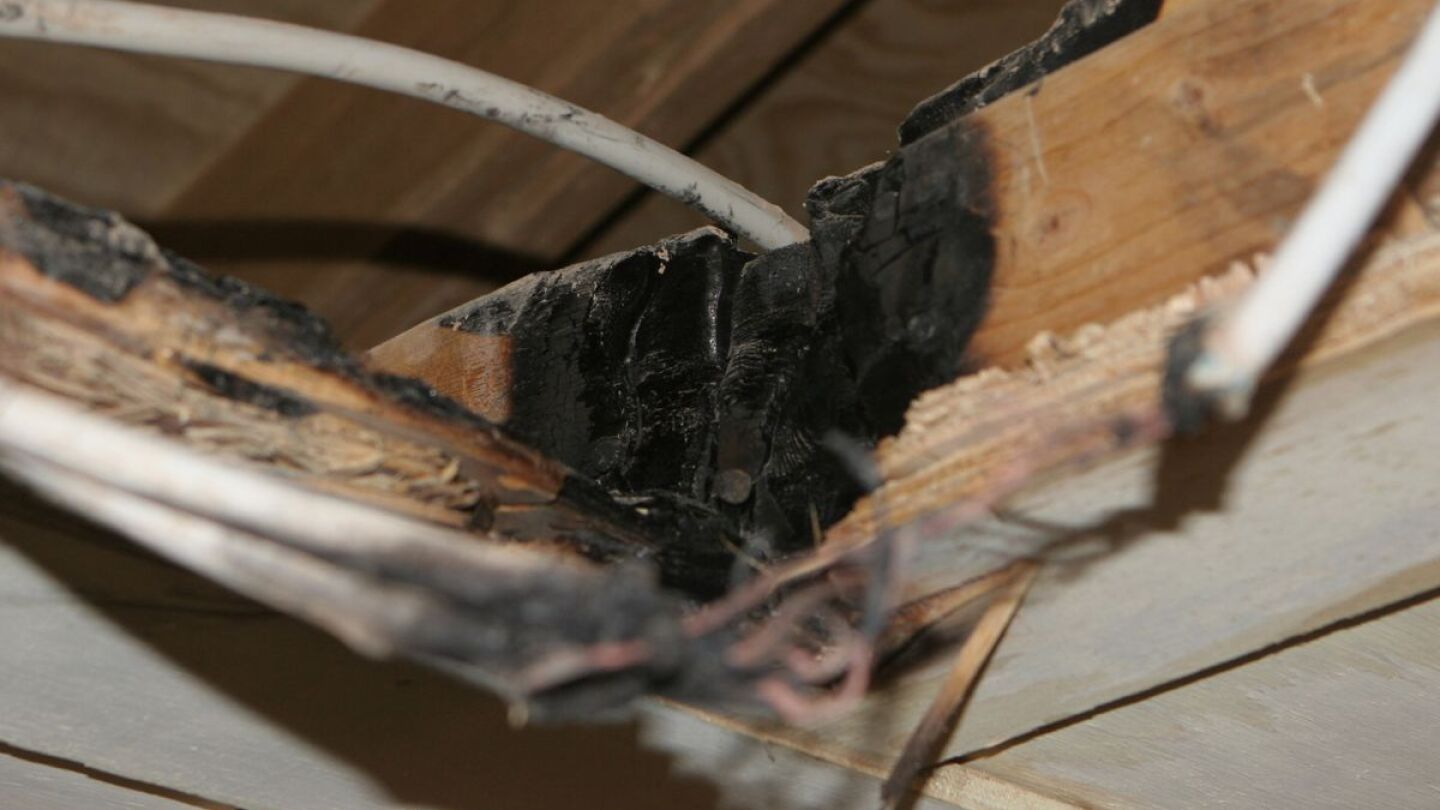National Fire Protection Association (NFPA)
The National Fire Protection Association is a global self-funded nonprofit organization devoted to eliminating death, injury, property and economic loss due to fire, electrical and related hazards. The NFPA delivers information and knowledge through more than 300 consensus codes and standards, research, training, education, outreach and advocacy. The FireRescue1 NFPA topic includes articles and exclusive columns and videos about NFPA certification, standards and updates you need to know.
Las Vegas Fire & Rescue and Stouffville Fire & Emergency Services have been recognized for promoting residential fire sprinkler safety and educating communities using NFPA and HFSC resources
Learn what the coming changes mean for your department’s gear and air management program
“Charge Into Fire Safety: Lithium-Ion Batteries in Your Home” aims to educate the public on safe storage and use of rechargeable batteries during Fire Prevention Week
Chief Nathan Trauernicht details how firefighters can participate in the 2020 Safety Stand Down
With financial woes striking, how will fire departments need to adapt for continued service delivery?
Home Fire Sprinkler Week aims to spread awareness about sprinklers and home fire safety through online resources
Industry association websites, webinars and resources offer training, procedures and advocacy for their members on the front lines
The codes and standards provide organizations guidance on crisis management, PPE and infection control
Car fires that ignite in glass-enclosed and mixed-use structures pose enhanced challenges for fire crews
What factors do firefighters and firehouse leaders consider when selecting key garments for their crews?
Many firefighters express confusion about what PPE to don for warm zone operations
What firefighters need to know about the hazards associated with EV and ESS fires
Understanding the types of equipment that are acceptable to donate and who to contact to start the process
Reducing LODDs, improving equipment caches and reducing major wildland fires top the list
The NFPA seeks to educate firefighters about the potential hazards associated with a new class of sustainable refrigerants
The foundation welcomed six new appointees to help enhance its mission and create fire service connections
Organizations’ efforts help prevent firefighter families from facing unthinkable loss
How to overcome challenges related to instructors, resources and funding
An apparatus consultant weighs in on the big question
The NFPA’s recent proposal to add recertification has reignited the recertification debate
A Fire Protection Research Foundation report offers a potential CE model for the fire service
Detailing cleaning frequency, machine types and operators, detergent and more
Firefighters can take control of their health by monitoring their behavior, tracking symptoms and identifying risk factors
The project aims to generate the guidance, learnings and best practices needed to establish a compliant, successful drone program in the fire service
The Fire Protection Research Foundation received nearly $200K to conduct a two-year study into the impact of active shooters and hostile events on first responders
NFPA seeking comments to gauge levels of support or opposition to the development of a new standard on the topic
Firefighters must take ownership of their PPE, from record-keeping to cleaning and care
NFPA report on the fire service’s aging infrastructure reveals it would cost an estimated $70-$100 billion to replace the fire stations
Chief David Hall explains the how agencies can use NPFA 3000 to manage response efforts
Highlighting 16 changes to the standard and how they impact firefighters
Questioning the process involved in the reorganization as well as some of the standard grouping choices
Assessing levels of protection, situations in which to don body armor, and active shooter policies and procedures
What firefighters need to know about mitigating electrical emergencies


